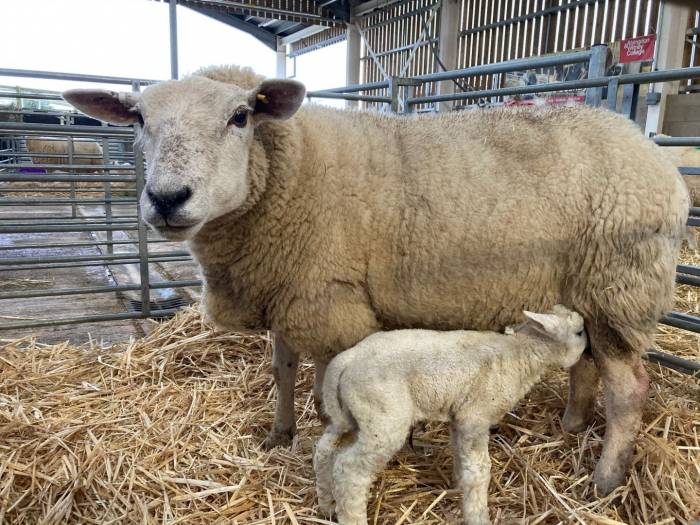Concerns around the increasing prevalence of moxidectin resistance, specifically the 2% injectable formulation, have prompted this additional advice from SCOPS for prescribers – in order to preserve it as both an anthelmintic for worms and a treatment for sheep scab.
SCOPS principles specific to moxidectin 2%:-
- Year on year use of moxidectin in ewes around lambing is unadvisable in any flock. Simply rotating with other wormer groups within a season is not enough.
- If ewes are treated with moxidectin, some must be left untreated. It is essential to leave at least 1 in 10 of the ewes untreated (and preferably more than that) and these need to be spread between different grazing mobs. It is not enough to simply leave singles as they may be grazed in separate fields to twins. Use body condition as a guide with the fittest ewes left untreated. More at www.scops.org.uk/internal-parasites/worms/treating-adult-sheep.
- Moxidectin 2% should not be used more than once in any flock in any one year. In practice this means that if moxidectin 2% is used in ewes at lambing then moxidectin should not be used again in that flock in the same season.
- Where moxidectin 2% has been used in ewes to suppress the spring rise then it should not be used to treat sheep scab (or vice versa). An OP plunge dip is an appropriate alternative to treat scab.
- Check the dose rate and administration method. Underdosing remains a major risk factor in the development of anthelmintic resistance. Sheep farmers should know the weight of their sheep and dose to the heaviest (if a wide range of weights is expected, batch and dose accordingly). The correct technique for administration and maintenance / calibration of equipment is also vital. More at www.scops.org.uk/internal-parasites/administering-anthelmintics.
Click here for more on the SCOPS-Zoetis workshop that resulted in the release of these principles.
